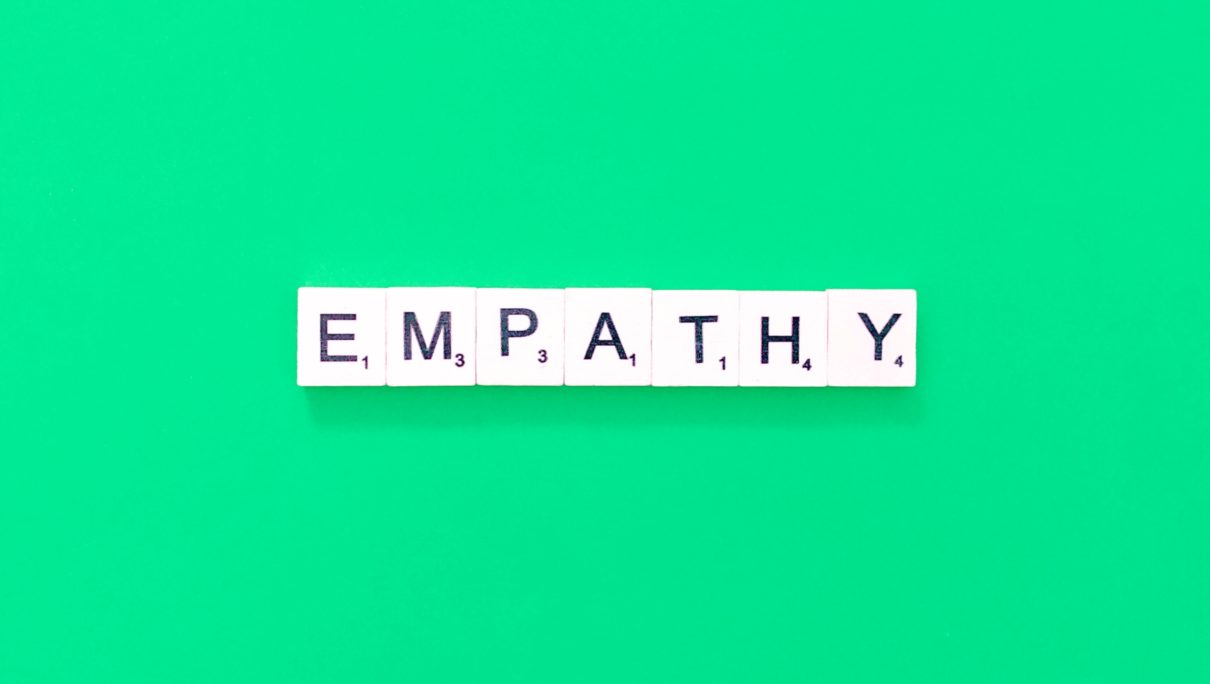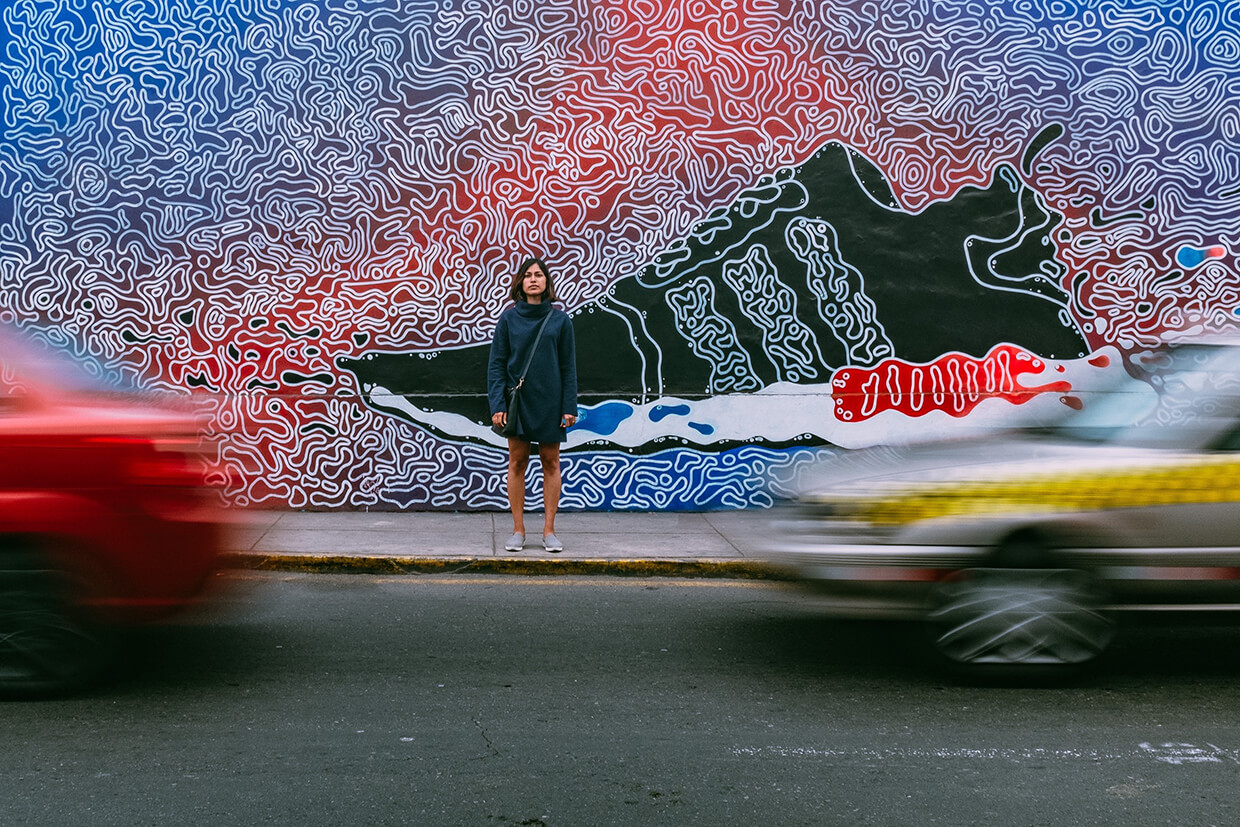In the realm of design, where lines, colors, and shapes converge, lies a potent force that has the power to resonate with hearts and minds alike – empathy. Far beyond aesthetics, empathy in design elevates creations to transformative experiences. Join us as we delve into the significance of empathy in design and explore how it molds narratives that captivate and connect on a profound level.
Understanding Empathy in Design
Empathy is the cornerstone of human connection – an ability to understand, share, and feel the emotions of others. When transposed into the world of design, it becomes a bridge between creators and audiences. Every stroke of a brush, every pixel meticulously placed, takes on new meaning when infused with the intention of empathizing with the viewer.
Empathy breathes life into narratives. It’s what turns an ordinary design into a storytelling masterpiece. By stepping into the shoes of the intended audience, designers can craft visuals that evoke emotion, trigger memories, and foster a sense of belonging. It’s the subtle details – a knowing glance captured in an illustration, a familiar setting in a photograph – that tap into shared experiences and forge an unspoken connection.
Empathy in design transcends cultural boundaries and language barriers. It speaks to universal human experiences, touching chords that resonate irrespective of origin. A design that reflects the joys, challenges, and aspirations of the human journey becomes a shared story, fostering a sense of unity in a diverse world.
Incorporating empathy into the design process is not just an artistic choice – it’s a strategic one. By understanding the audience’s feelings, desires, and pain points, designers can tailor their creations to address specific needs. Whether it’s a logo that encapsulates a brand’s values or an app interface that simplifies complex tasks, empathy ensures that the design solution aligns with the audience’s emotional landscape.
Empathy-driven design has the potential to drive societal change. It’s the force behind impactful campaigns that shed light on important issues, urging viewers to take action. By visually representing the struggles of others, design can be a catalyst for empathy in viewers, fostering a greater understanding of the world around them.
Empathy in design is a reminder that creativity isn’t solely about aesthetics; it’s about fostering connections. When designers infuse their work with empathy, they give life to narratives that touch the core of the human experience. As creators, we have the unique opportunity to create art that not only pleases the eye but also resonates with the soul – a testament to the enduring power of empathy in design.




Hi, this is a comment.
To get started with moderating, editing, and deleting comments, please visit the Comments screen in the dashboard.
Commenter avatars come from Gravatar.